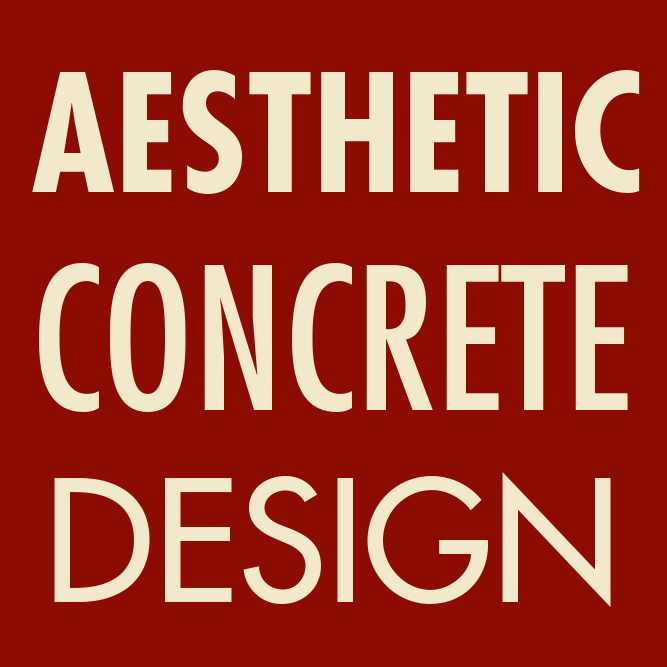Well winter is almost over, we think. This has been one of our milder winters in recent years but we still had a taste of the white, slick stuff. Along with those periodic snows comes the use of salt, the wonder chemical, to help get rid of that slick stuff to keep our streets and walkways safe. Although salt and other ice melt chemicals are easy to use, there are caveats to their use. The chemicals are applied to our streets. Our cars, in turn, pick it up in the snow and slush that clings to the car and then we bring it to our homes to melt and drip off our automobiles onto the concrete in our garages and driveways. We as homeowners also join in this cavalcade by insuring our walks and entries stay clear by applying it to our property. This process repeats itself many times in the course of a winter and our concrete surfaces pay the price.
Damage such as spalling occurs where the salt deteriorates the sur- face of the concrete allowing moisture to get in. When this moisture refreezes it pops the surface of the concrete off, opening the concrete to more damage. Damage such as this can occur in new and old concrete alike and if not addressed can lead to concrete that will continue to be susceptible to damage. It also just looks plain nasty.
Does your driveway or entry fit that description? Is replacing the concrete the only way to solve the problem? No! There is another way. Concrete can be resurfaced to reestablish the integrity of the concrete surface. The most common way is to “overlay” the existing concrete surface. Now the word “overlay” may imply that it sits on top of the concrete but this is only partially true. Most overlays in- stalled by professionals are Portland Cement-based products that rely on a polymer to give them adhesion and penetration into the existing surface. The key here is the penetration into the existing concrete surface. If there are sealers, caulking or paint on the surface they will act as a barrier preventing the adhesion to the surface resulting in delamination of the overlay. After an overlay is installed it must be sealed with a superior quality concrete sealer; often times these sealers are solvent-based. They soften the overlay during application and al- low the material to meld and bond even further into the pores of the concrete. Many overlays actually harden with a higher psi strength than your original concrete.
The overlay design is limited only by your imagination. On one end of the design spectrum is a surface that restores the look of the original concrete surface; it gives the appearance that your concrete has been replaced. If you would like to take it up a notch, patterns such as brick and stone can be incorporated to give the appearance that these materials have been incorporated into the surface. For all you car buffs, a custom logo of your favorite brand can be installed right into your driveway.
Care of your overlay is not overly difficult. Rubber-paddled snow blowers can be used to remove snow. Stains clean up with mild deter- gent and a little scrubbing. On heavily trafficked areas, resealing can keep the surface looking new and protected.
Overlays are the perfect tool for the war on winter damage AND they boost your home’s curb appeal as well. It allows restoration of the surface into a beautiful reflection on you and your home. It is also a green process since concrete is not being dumped and then reinstalled. The greatest benefit now that the surface is sealed is you no longer need to worry about more damage when applying salt or ice melt.

